Speak Your Body’s Language
If I gave you a swing tip straight out of a Kurt Vonnegut fever dream – “Infundibulate around your wampeter” – it might be the best, truest, most perfect thing anyone has ever said to you, but it would be useless. Why? Because you can’t understand it.
In this lesson, I’m going to arm you with the ability to speak your body’s language so you can give it clear instructions and make real improvements in your game.
This Lesson Is For You If:
You want to learn ways to fix your swing on your own
You’ve tried tweaking your swing but haven’t seen results
What You’re Probably Doing Now…
What you, like most golfers and golf instructors, have probably always done is focus on internal cues. An internal cue is something like, “Rotate your hip” or “Keep your head still.” It’s a cue that tells your body what to do with itself.
Why doesn’t this work? Because it’s not how humans are wired. The research on this is clear, but you can simply look to other sports to see that it’s true. Basketball players don’t shoot the ball thinking, “I need to pronate my wrist.” Pitchers don’t think about the external rotation of their shoulder when hurling a fastball. Receivers don’t think about extending their fingers when reaching for a pass.
…and What You Should Do Instead
Instead of focusing on internal cues, use external cues. External cues focus on things outside of your body – the golf club and the ball. This is what we’re evolved to do: set and accomplish clear goals.
A great external cue could be, simply, “Hit the ball, then the ground.” If you’re hitting the ball off the heel of the club, think, “Hit the ball in the center of the face” (or try to hit it off the toe, as I suggest HERE).
These “simple” cues are best whether you’re working on the basics – not hitting it fat – or dialing in higher level things like shot shape and trajectory. If you’re trying to control your shot shape, consider putting an alignment stick in the ground a few yards in front of you and thinking, “Start the ball left/right of the stick.” If you want to tweak your swing path, use some tees to mark your ideal path and think, “Swing over these tees.”
Get to the Point!
The very short version of this lesson is this: tell your body what you want. Don’t beat around the bush, don’t get sidetracked, don’t worry about the “how.”
You don’t care (or, at least, you shouldn’t care) if your arm is straight. You care that the club hits the ball before the ground, that the ball hits the center of the club face, that the club face is square to the target, etc.
Put your focus on the goal you’re actually trying to achieve and you will see much better results.
He founded Plugged In Golf in 2013 with the goal of helping all golfers play better and enjoy the game more.
Matt lives in the northwest suburbs of Chicago with his wife and two daughters.
- Performance Golf Click Stick Training Aid Review - October 18, 2024
- Callaway Opus Platinum Wedge Review - October 17, 2024
- When to Take a Break from Golf - October 15, 2024


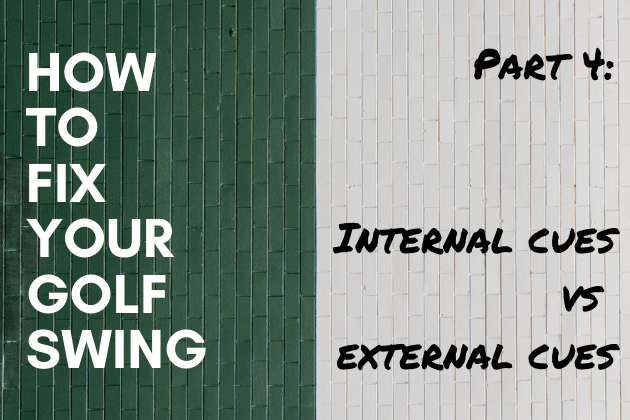
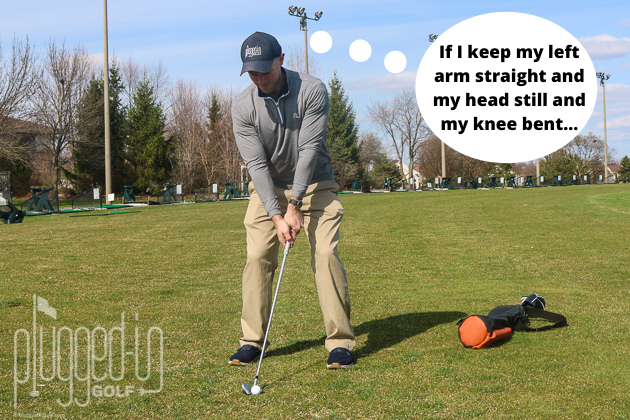
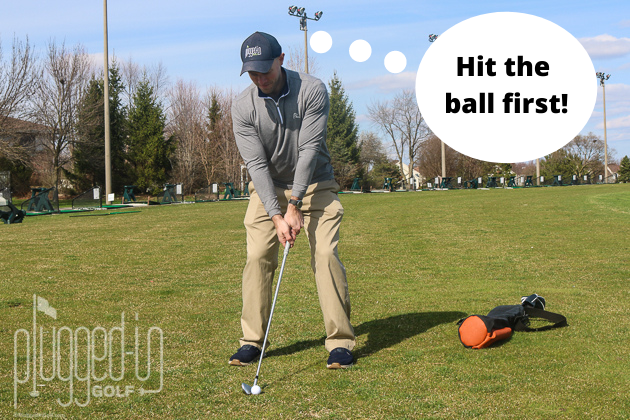

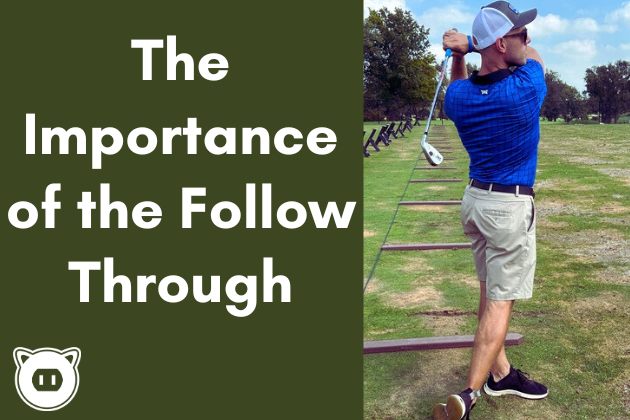
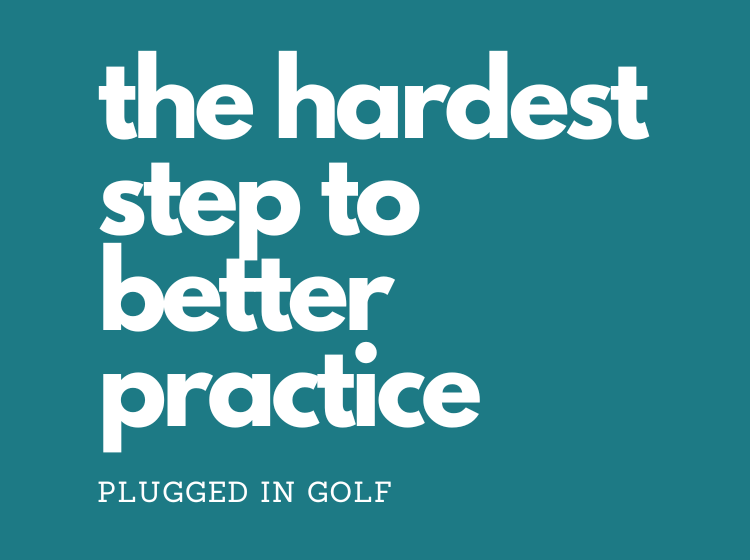









10 Comments
There is no doubt that this is the best way forward. I remember as a kid we all just hit the ball toward a target, no swing thoughts, just target and go. We were all good putters and chippers and hit the ball reasonably accurate. It’s not until we want to improve and turn from target to mechanics that our ability declines measurably. They way golf is taught needs to change. Good article as usual.
I don’t completely agree with this advice. For example, if the problem is that I’m hitting behind. The ball and I can feel from my downswing motion that I am not rotating and moving my hips, then at the top of the backswing I will just say “hips” to myself. This tip has worked consistently to get result in my swing back to hitting the ball first.
This article hit home with me i recently changed my swing because I was drawing my irons. Its been a work in progress. If i could go back to how i was striking it year ago i would take it in a heart beat.
This seems so simple, but what a great message. Thanks for not telling me I need 100 swing thoughts that just confuse me!
Great article Matt. My grandson is the epitome of this process – good and bad shots. All I have to do is ask him where he wants to ball to land and he just swings away to it, that’s the good. The bad is in the course he’ll if I hit it in the sand trap, I can hit it out. Invariably he does, because his mind and body heard, understood “hit in sand trap”. We all need triggers to achieve effortless swings, but we also need to focus more on where we want the ball to land. Case in point, last round I played – entire focus was on where I wanted the ball to land and then let it fly. I can say that focusing there and letting the shot happen – made for increased accuracy and enjoyment. Nothing like a shot landing within a 5 yard radius!
I like to imagine a line drawn along the ground and through the club face exactly, that’s exactly, to the target. Then I tell my body computer I want to square the club face along this line through to the target. The line is the focus, not weight shift, top of the back swing position, etc. It works for me. When it doesn’t work it’s because I have been distracted by extraneous internal chatter.
Very valuable lesson that’s rooted from the fitness world. Both internal (intrinsic) and external (extrinsic) are necessary to produce results. Defaulting to external is likely the easiest to extract the desired movement patter as it lets the athlete create the biomechanical movement solution.
#fit2021
Very interesting post. #GetFit2021
Great insight here. Definitely helps to avoid “paralysis by analysis” where every movement is being analyzed as you swing.
#GetFit2021
I agree how complex golf swings can be and can’t think about too many actions during it. You have to have a swing that works for you and have muscle memory to duplicate throughout the game. As I get older, I am looking for a simple swing that I can make contact with ball with the club face square with main focus is a good setup to start and muscle memory after that.